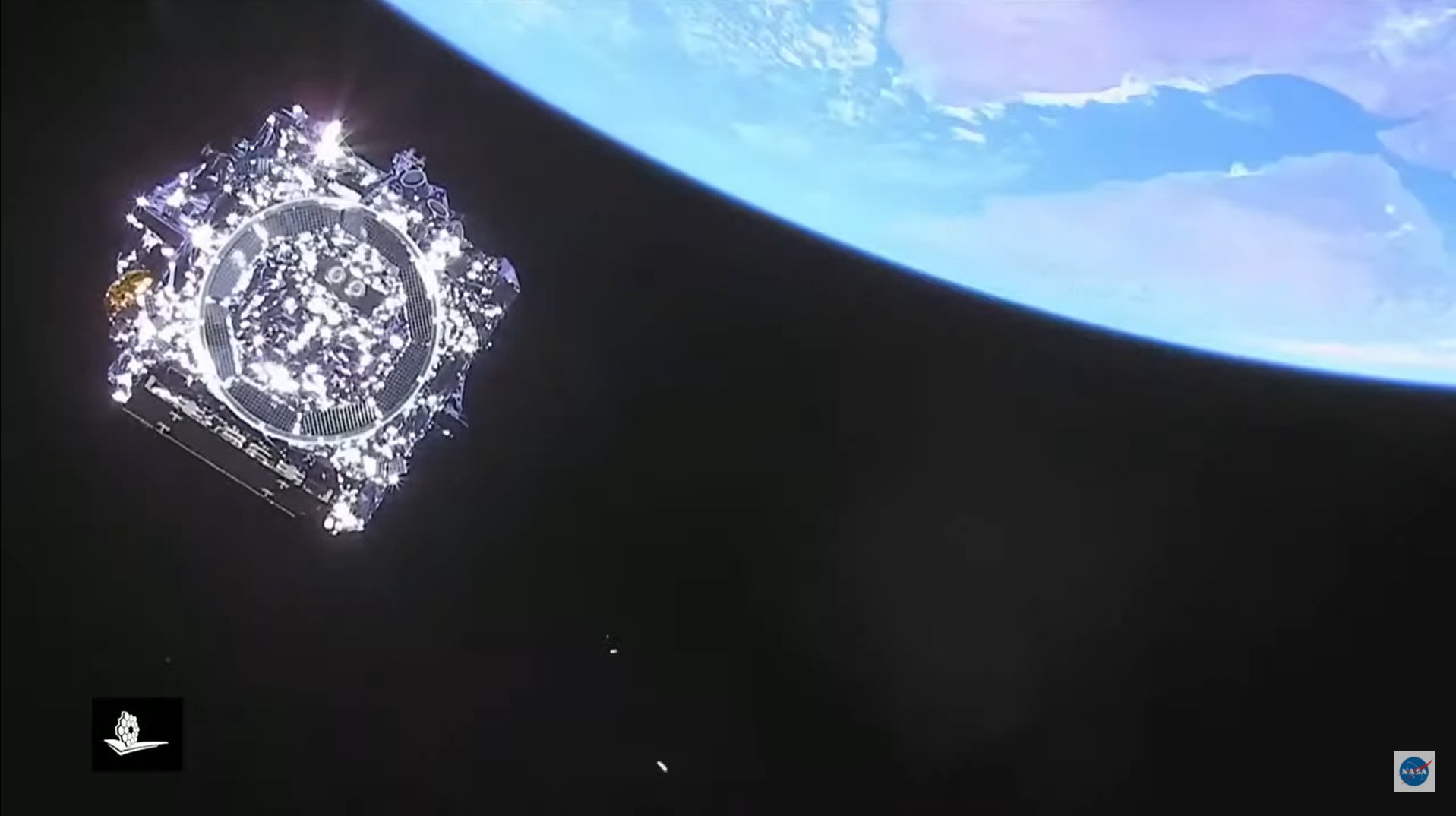Astronomers using the NASA/ESA Hubble Space Telescope have captured a striking new photo of the dwarf galaxy NGC 1705.
This Hubble image shows NGC 1705, a dwarf galaxy located 18.7 million light-years away in the constellation of Pictor. Image credit: NASA / ESA / Hubble / R. Chandar.
NGC 1705 resides approximately 18.7 million light-years away in the southern constellation of Pictor.
Also known as ESO 158-13, IRAS 04531-5326 and LEDA 16282, this galaxy was discovered on December 5, 1834 by the English astronomer John Herschel.
NGC 1705 has a super star cluster, called NGC1750-1, located near its galactic center.
The galaxy is a member of the Dorado Group, a collection of over 10 spiral and elliptical galaxies.
“NGC 1705 is a cosmic oddball,” the Hubble astronomers said.
“It is small, irregularly shaped, and has recently undergone a spate of star formation known as a starburst.”
“Despite these eccentricities, NGC 1705 and other dwarf irregular galaxies like it can provide valuable insights into the overall evolution of galaxies.”
“Dwarf irregular galaxies tend to contain few elements other than hydrogen or helium, and are considered to be similar to the earliest galaxies that populated the Universe,” they noted.
The image of NGC 1705 is made up of observations from Hubble’s Wide Field Camera 3 (WFC3) in the ultraviolet, near-infrared, and optical parts of the spectrum.
Seven filters were used to sample various wavelengths.
The color results from assigning different hues to each monochromatic image associated with an individual filter.
“The data shown in this Hubble image come from a series of observations designed to unveil the interplay between stars, star clusters, and ionized gas in nearby star-forming galaxies,” the researchers said.
“By observing a specific wavelength of light known as H-alpha with Hubble’s WFC3 instrument, we aimed to discover thousands of emission nebulae — regions created when hot, young stars bathe the clouds of gas surrounding them in ultraviolet light, causing them to glow.”
Note: This article have been indexed to our site. We do not claim legitimacy, ownership or copyright of any of the content above. To see the article at original source Click Here














